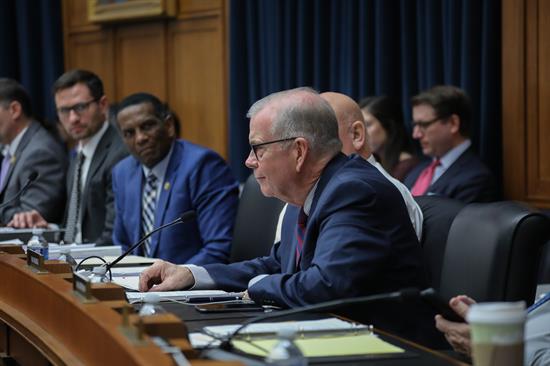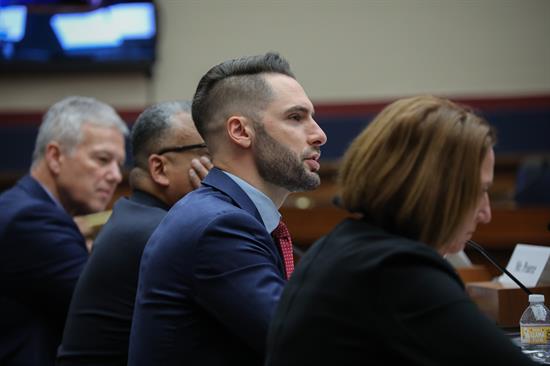E&W Blog
Hearing Recap: College Sports Edition
WASHINGTON, D.C.,
March 12, 2024
Today, the Health, Employment, Labor, and Pensions (HELP) and the Higher Education and Workforce Development (HEWD) subcommittees held a joint hearing covering the NLRB’s overreach into college athletics.
HEWD Chairman Burgess Owens’ (R-UT) opening statement discussed the NLRB’s shady ways: “The Biden NLRB is the most activist pro-union government agency in history, and it has taken this opportunity to declare student-athletes to be employees. At Dartmouth, an unprecedented NLRB ruling classified student-athletes as employees and has paved the way for the basketball team to unionize.” In his opening statement, HELP Chairman Bob Good (R-VA) echoed the threat of potential NLRB misclassification of student-athletes as employees. “Student-athletes don’t want to deal with union dues and employment contracts. The last thing colleges need is to have to hire more administrators to deal with more federal regulations,” added Chairman Good. The expert witness panel included Ms. Jill Bodensteiner, Vice President and Director of Athletics at Saint Joseph’s University; Mr. Tyler Sims, Shareholder at Littler Mendelson; and Professor Matthew Mitten, Professor of Law and Executive Director of the National Sports Law Institute at Marquette University Law School. When the hearing turned to questioning, Republicans raised concern with the financial future of college sports if the Biden NLRB decision stands. Rep. Tim Walberg (R-MI) pointed out that most universities do not profit from their athletics programs and asked, “If the Dartmouth case is upheld, what would the financial impact be on college athletics programs and their long-term viability for the majority of schools?” “The infrastructure alone to support a student-athlete workforce would be very expensive and schools would have a very difficult decision to make,” replied Ms. Bodensteiner. In an exchange with Mr. Mitten, Rep. Glenn Grothman (R-WI) shed light on exactly what decision colleges would have to make. Referring to the general attitudes held by colleges, he claimed, “You’re going to get rid of sports, aren’t you?” “Yes,” responded Mr. Mitten, adding that women’s sports and Olympics sports would bear the greatest burden and would likely be downgraded to club sports. Kiss goodbye to any athletic advantage America’s unique system of amateur sports has over the rest of the world. One might ask—what evidence do we have that raising costs for athletic programs leads to their elimination? Rep. Jim Banks (R-IN) consulted Mr. Sims’ “unique perspective as a labor lawyer and a former college athlete” on the very issue. Mr. Sims laid out the facts: “We’ve already seen how increased costs or less revenue has affected college sports. You have to look no further than the COVID-19 pandemic issues that colleges dealt with. In total, 112 Division I sports were cut by 35 schools and 77 still haven’t been reinstated.”
“I was a cheerleader back in the day. If I didn’t stick that pyramid, then I could be fired if I was an employee!” remarked Rep. Bean. Increased costs. Less sports programs. Uncertain bargaining agreements. The NLRB Regional Director’s decision, if upheld, seems to spell disaster for college athletics. Ending on a light note, Chairman Good quipped, “I think we all just learned why Mr. Bean is so passionate about everything.” Bottom Line: The Committee is passionate about |
Browse News
Stay Connected


